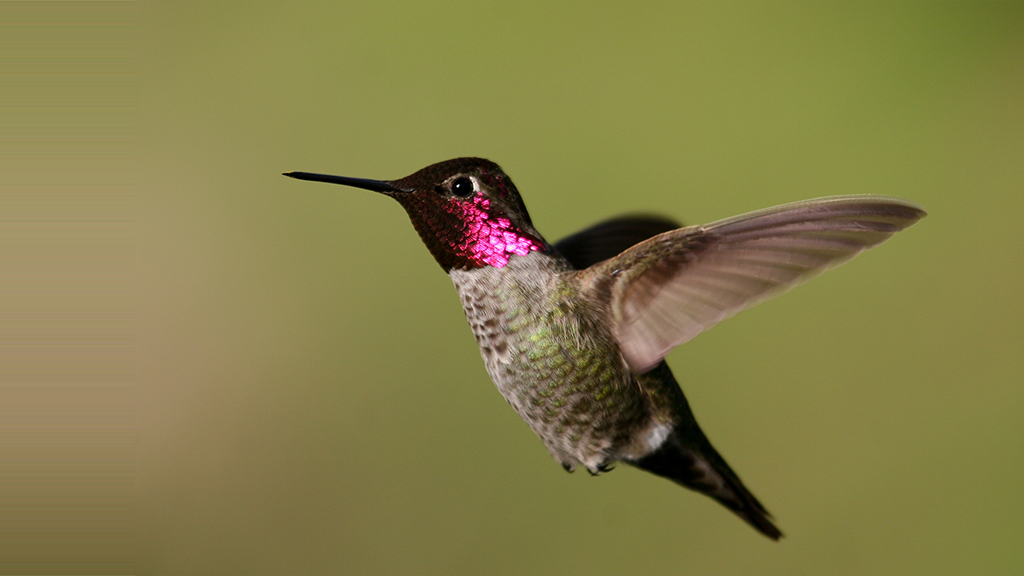Abstract
This case study describes the daily osmotic struggle for survival faced by hummingbirds. The narrative is written from the viewpoint of a human observer who sees an Anna's hummingbird feeding on flowers outside of her window. She notices that the birds mostly feed early in the morning and again in the evening at dusk; midday encounters are rare. The case raises questions about floral nectar production, how this correlates to feeding bouts, and how this in turn correlates to the daily osmotic challenges faced by these nectarivorous birds and their allies (sunbirds). Students will learn about renal adaptations for survival and how they operate. Finally, since hummingbirds have a high metabolic rate and cannot feed overnight they undergo torpor during this time, an energy saving physiologic state. Students read journal articles to answer case questions, which should lead them to a better understanding of the related physiological processes of osmoregulation, metabolic rate and torpor.



